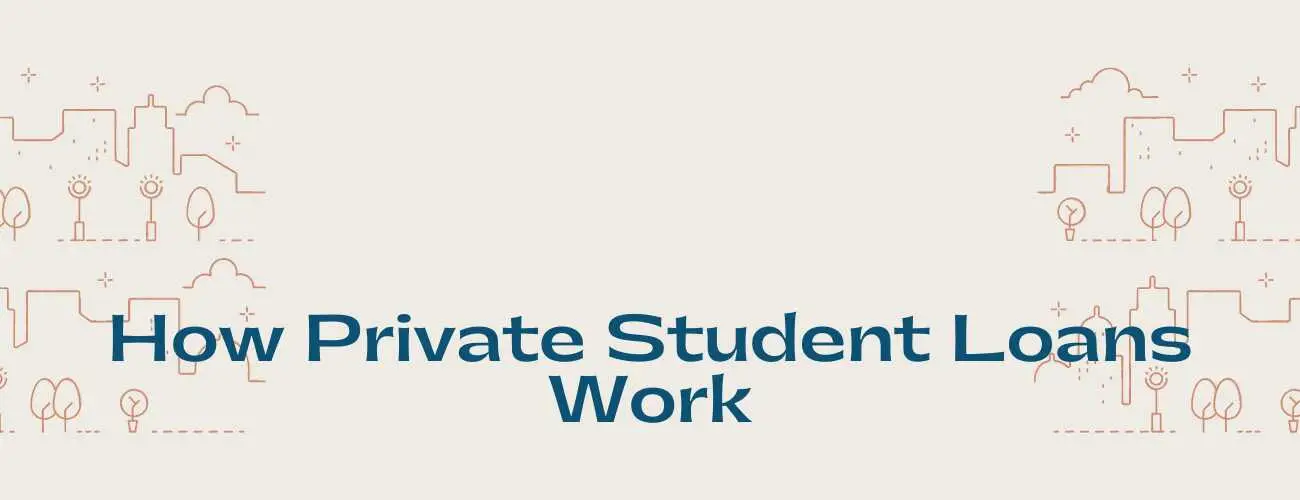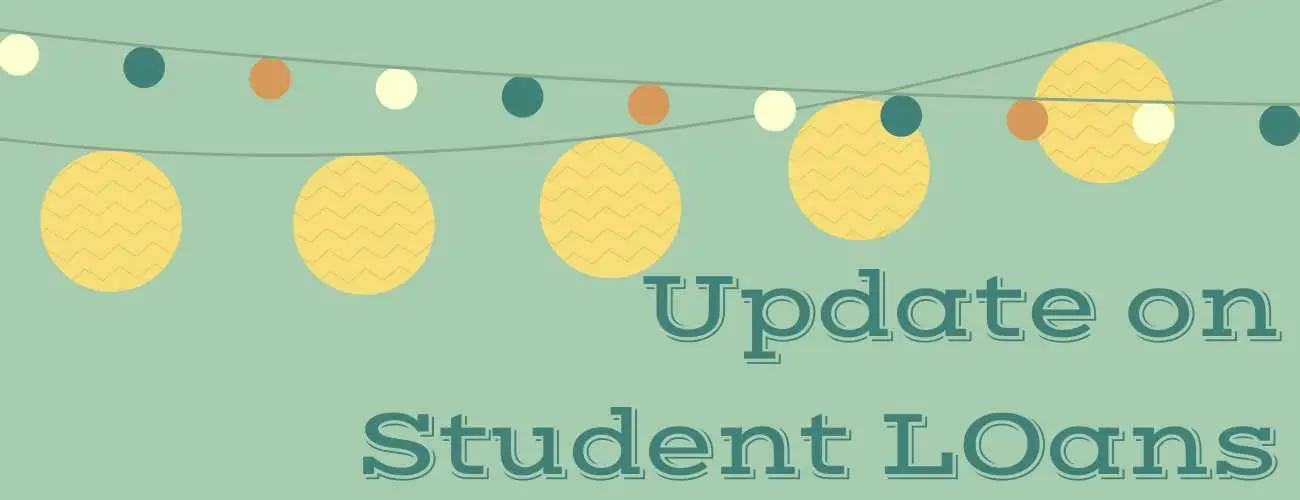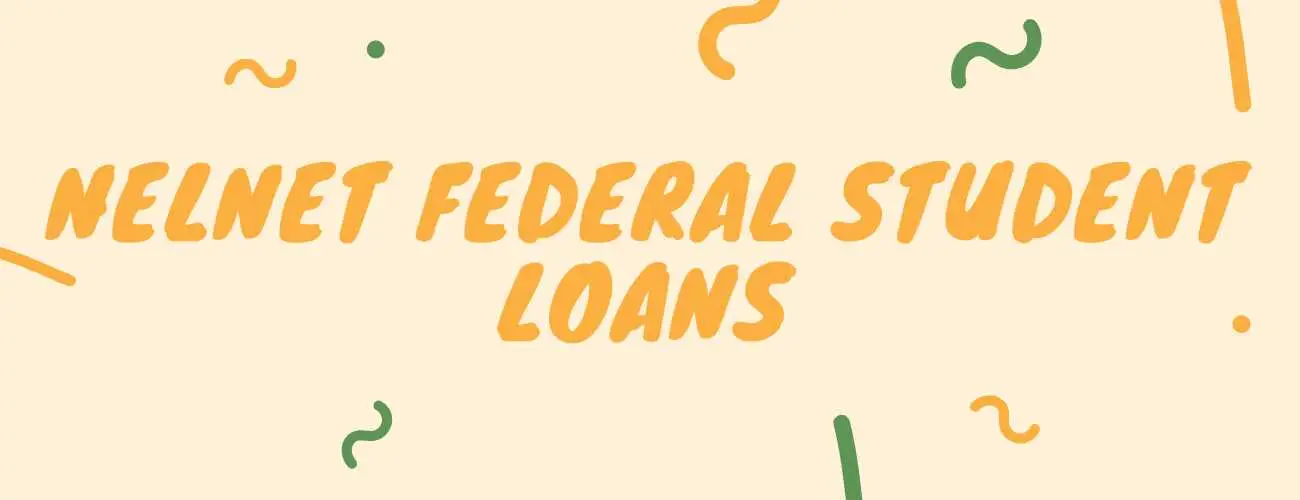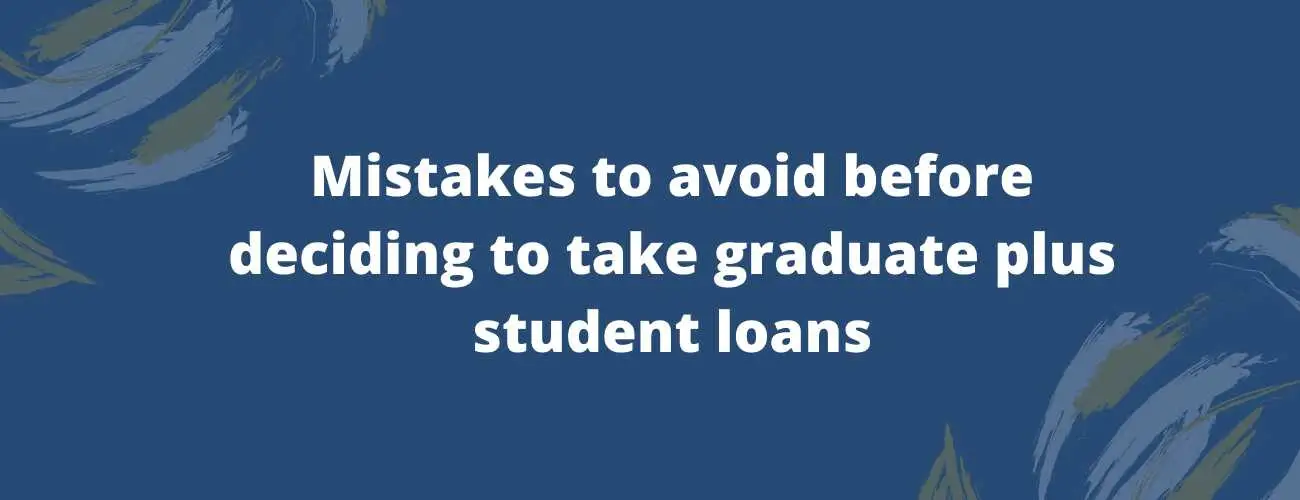Ways To Obtain Trade School Loans
Trade school is a technical school or vocational school designed to provide technical skills specific to the occupations. They are post secondary institutions that can be public or private. Lets learn more on trade school student loans, ways to get trade student loan, ways to pay and many more.
Updated by Priya shah on 9th September 2020
A trade school is also called a technical school or vocational school, which is designed in such a way to provide technical skills that prepare the students for a specification occupation. Trade schools are a post-secondary institution that can be public and private. The loans that supporting you to cover expenses for your trade school education is ideally trade school loan.
A trade school can get you a degree in various fields like information technology, nursing, and other medical fields, that vary from 8 months to two year time period. Before choosing your path you must know the major differences between trade schools, community colleges, and four-year colleges.
Table of contents
- What is a trade school student loan
- Ways to get a student loan for trade school education
- Ways to pay for trade student loans
- How is trade school different from other schools
What is a trade school student loan?
Choosing a trade school can be a smart move for a successful career. Some students can easily go ahead and pay the fees for trade school but some students may require a loan to pay their fees.
For those who adopt various ways to get loans must be careful and must be smart enough to compare rates and terms to ensure you’re getting the best loan. By choosing trade school you have already made a conscious choice but it would add more credibility if you make sure your choice of student loan just as thoughtful before signing any financial paperwork.
Looking for private student loans? Find the Private Student Loans for you.
Ways to get a student loan for trade school education
There are several ways one can go about paying for trade school such as -
Federal student loans are a great option to combat the expenses towards getting your degree. Some of the trade schools are eligible for federal student loans, and some may not. If your school is authorized or officially recognized you may get the federal student loans.
The federal financial aid program provided a $21.7 billion student loan to students according to 2016 data. And that also depends if you will get a student loan for trade school or not.
You may be eligible if any of the following apply:
-
You need to enter a degree program if you are taking courses.
-
You are taking courses to get certified as a teacher.
-
You’re participating in a certificate program that’s training you for a specific career.
Private student loans for trade schools
If you don’t qualify for a federal student loan you always have the second option that is a private student loan that may not cover the full cost of your program, but that’s where private student loans for trade schools come in.
Private lenders set their requirements that vary from lender to lender. Some offer loans for career training schools like Sallie Mae and Wells Fargo.
Sallie Mae career training option student loan
-
They have a borrowing limit of $1000 minimum, up to the total cost of attendance.
-
The interest rate is a variable that varies from 2.87% to 10.75%.
-
Have various repayment options like immediate repayment, interest-only payment while you are still in school, or fixed monthly payments while you are still in school.
Wells Fargo student loan for career and community colleges
-
The borrowing limit is up to $15000.
-
The variable interest rate varies from 5.91% to 11.65% APR and the fixed-rate from 7.46% to 12.65 APR.
-
The repayment options are immediate repayments or defer payment while you are still in school and also for up to six months after you graduate.
For a better experience, you can compare both training terms and learn more.
Since both the loans are private, both have different criteria, unlike federal student loans.
Being a U.S resident or qualifying resident you need to meet the eligibility criteria and income requirements. If you have bad credit you must worry about if you could get career training loans or not, you can also apply with a credible cosigner with a good credit score, maybe your parents, friends, or family.
Most lenders let you apply online, through their website. But an important factor you need to keep in mind is to make sure you don’t borrow more than your requirement. That may end you up paying your steep monthly payments for years after you graduate.
Search around for the lowest interest rate
Either that may be federal or private student loan you will always go for those loan option that is comparatively affordable and have several better options like repayment, consolidation, and forgiveness, including a low-interest rate.
Interest is added on every monthly payment so interest on a loan is supposed to be taken seriously, maybe which borrower finds for the lowest rate as possible.
Comparatively, federal student loan offers lower interest rates than private student loans.
The interest rate on private student loans depends on the creditworthiness of the borrower, the better the credit score lower the interest rate. Mostly borrower with good credit score qualifies.
As every lender have their terms and condition and varies from lender to lender, always shop around various lender to get the lowest interest rate.
Look for flexible repayment terms
As the interest rate is important for borrowing the student loan, the repayment option is equally important so try not to avoid this also. No doubt federal student loans offer various repayment options including income-driven repayment and forbearance.
But as private student loans don’t offer income-driven repayment, but instead offer a variety of multiyear terms. You may have selected fixed monthly payments or interest-only payments while you are still in school. With this, you can save a big amount until you graduate and get employed. Such flexibility is helpful to the students, some pay the full amount right away but must learn about more options so you don’t have to regret later.
Learn more about student loan repayment options
Ways to pay for the trade school
There are several ways to pay for trade schools, which include student loans, grants, and scholarships.
Every type of aid has different eligibility criteria, requirements, and application process.
Some of the ways to pay for trade school are:
Lottery grants
Atlanta and Georgia have an excellent lottery-funded scholarship and grant program. Georgia has the Georgia HOPE grant program that pays most of the tuition fees for the trade and technical schools program based on the high school grade point average. Many other states have a lottery grant program including south Carolina.
Employment programs
Every state has a program to help the unemployed and underemployed to get trained so they can get back into the workforce and earn a livelihood. It is advised to know more about the employment programs so that you can get detailed information about federal programs and state government-funded as well as seeking private and public companies seeking trained and eligible staff. This program also opens to the self-employed whose business has failed and the one whos ready to begin the work with the same force.
Student loans
Student loans are technically for the students who are willing to attend academic colleges and pursuing degrees. Trade schools educate students with technical skills and make them able to work on their own. The lower your credit score the higher your interest rate. You also have an alternative way to lower your interest rate that is getting a cosigner on board. After you make 12 on-time monthly payments, your co-signer is likely to be released from the loan. But not every student loan servicer has the cosigner release option.
Trade school grants
Grants are likely to be better than the loans may be because you don’t have to pay them back. Depending on the eligibility criteria you may qualify for the grant that will pay some of your technical training tuition. Grants can often be combined to stack them together to cover the entire cost of the courses, textbooks, and others. Some borrowers like women, minorities, and disabled have the best shot at grants having low income, returning to the potential of working, and other grant programs.
Socio-financial agreements
They are the new and technical way to finance a trade school and technical training program. They are formed in individual social-financial agreements that are designed to unblock potential and also to create a long term sense of shared purpose. They provide money to pay for education expenses, training and equipment, and other tools. In return to that prospects agree to pay a certain percentage of their earning for some time.
Higher interest private education loans can result in higher payments to be made, so it is a financially viable alternative.
While choosing the best ways to pay for trade school interest rates, flexible payment options, can be considered as important perks. Lower interest rate automatically lowers the monthly payments and can save more. It's always better to explore the wide variety of trade school grants and scholarships. For choosing the best loan always try getting the federal student loan first. They provide affordable rates when compared to private student loans with a wide variety of repayment plans and other options too, that helps manage the tuition costs and other expenses.
There are several ways you can go about paying for trade school, it is advised to evaluate all your options first before jumping to a conclusion. Always select the option that is well suited for your financial condition.
How is trade school different from other schools?
College is not for everyone, not everyone gets a chance to go to college and make it through. As per data 40% of students who get into college never get a degree, and not everyone is fit for higher education.
Trade schools and community colleges offer technical programs that have a high success rate of 93%. Trade school may be costlier but academic education and financial aid help to pay for it when it's harder to come by. And you have various ways of finance for trade school.



93.jpg)


28.jpg)
